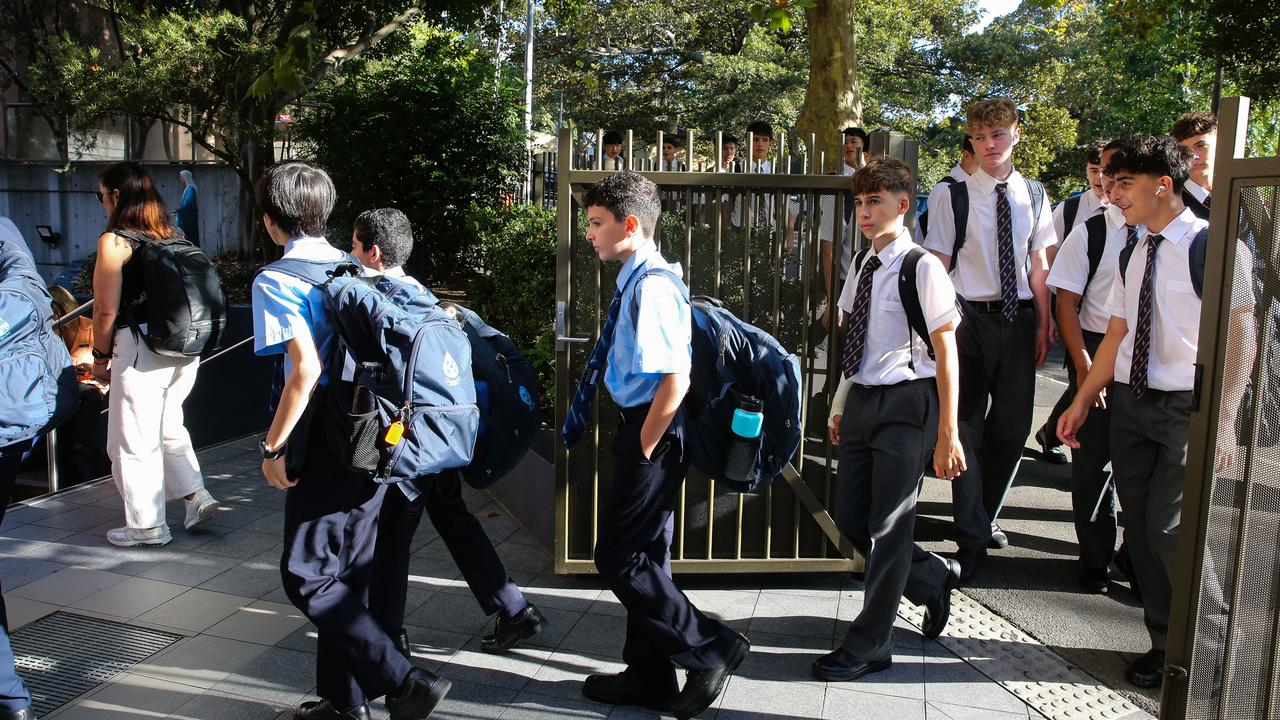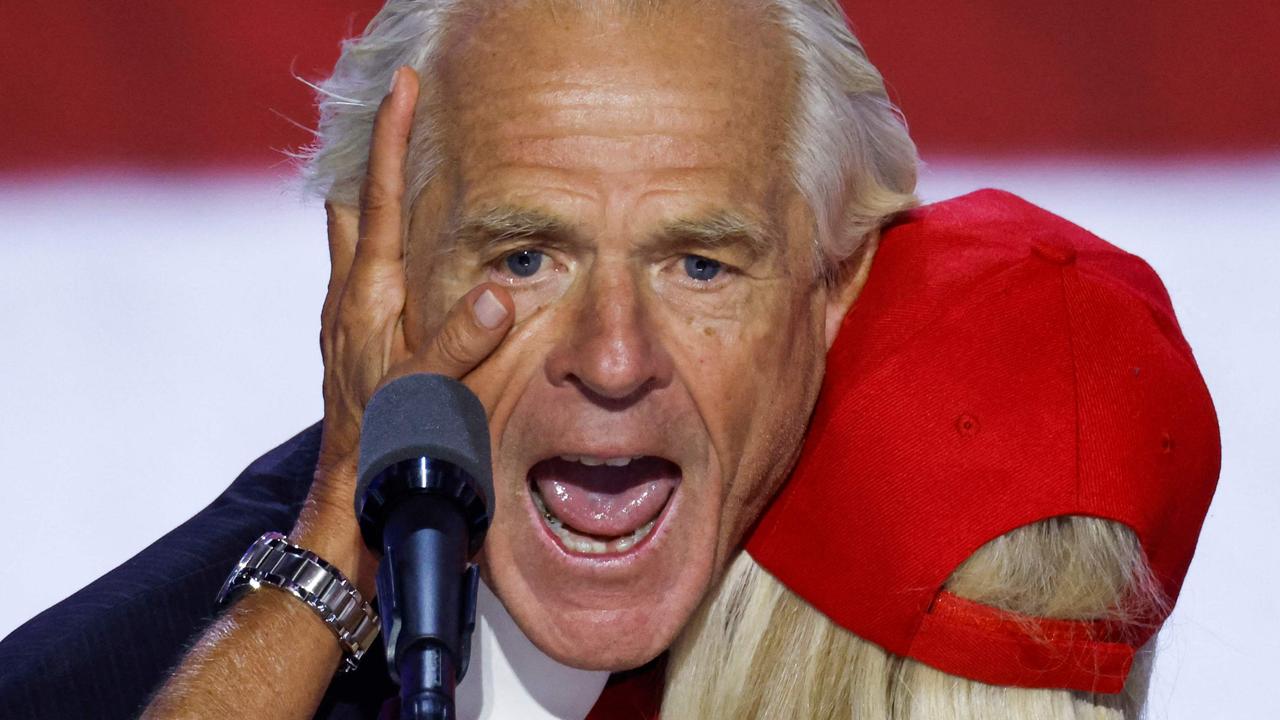Josh Frydenberg explains why the government is resisting calls for more economic stimulus
With the economy growing at its slowest rate in a decade, there are increasingly loud calls for the government to take drastic action.
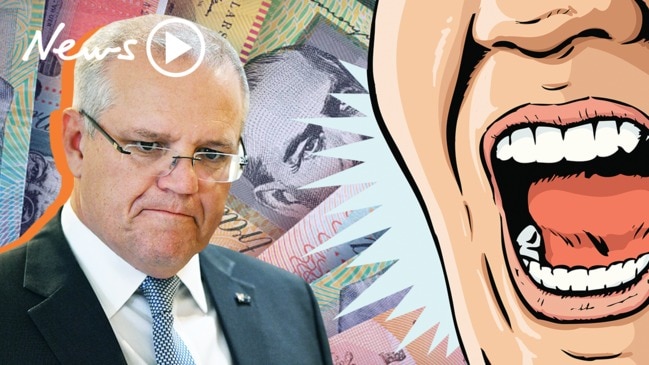
Treasurer Josh Frydenberg has rejected calls for the government to further stimulate the economy, downplaying concerns that its tax cuts and infrastructure spending will not have enough of an effect.
News.com.au sat down for an exclusive interview with Mr Frydenberg shortly after he announced the Final Budget Outcome for 2018-19 this morning.
That report contained some good news.
The Budget deficit shrank dramatically, from the $13.8 billion forecast in the 2018 Budget to just $680 million — or as Mr Frydenberg described it, “0.0 per cent” of GDP.
Employment growth was also much stronger than predicted, at 2.6 per cent compared to the Budget forecast of 1.5 per cent.
But it wasn’t all rosy.
RELATED: Budget deficit shrinks to $680 million
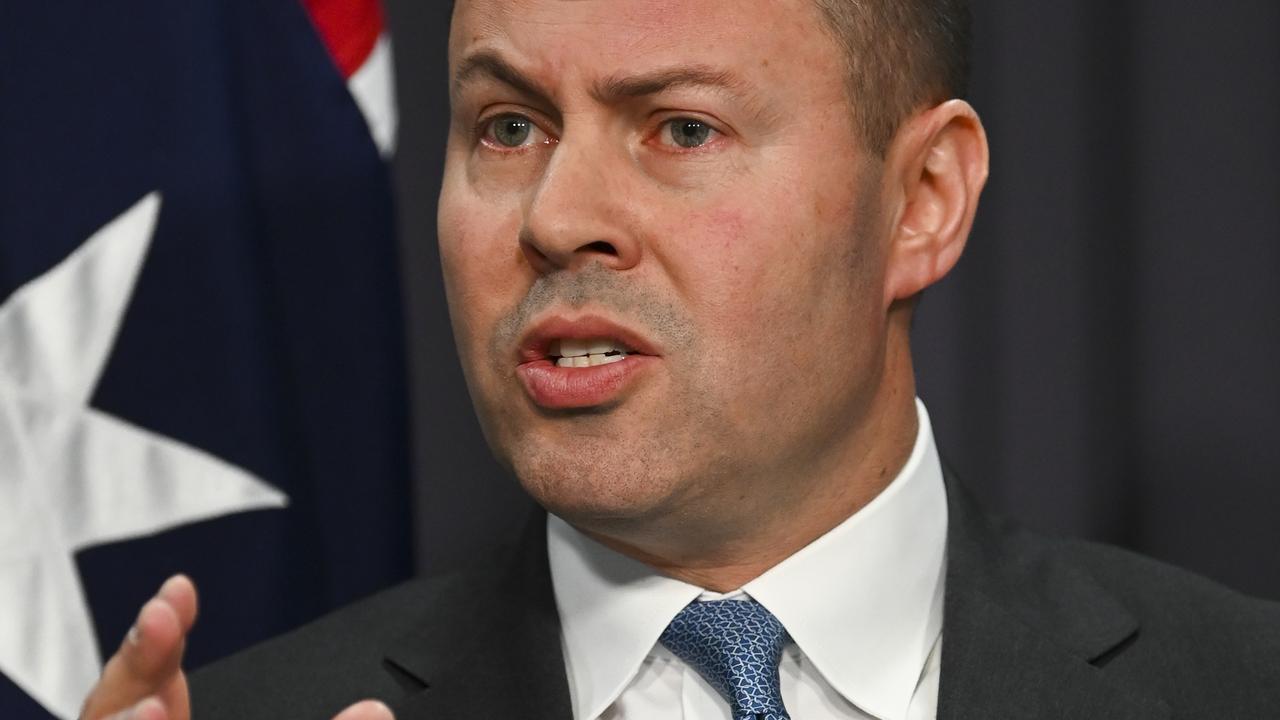
Most notably, real GDP only grew by 1.9 per cent, significantly lower than the 3 per cent predicted in the Budget.
The basic upshot here is that more people are working, but they aren’t spending as much.
Consider that with the added context of the troubling June quarter results announced earlier this month, which showed economic growth falling to its slowest rate since the global financial crisis a decade ago.
The world economy is in an increasingly perilous state as well, thanks to the trade war between the United States and China and the uncertainty associated with Britain’s looming exit from the European Union.
RELATED: Growth falls to lowest level since the GFC
There is, in other words, a very real risk that the Australian economy will continue to slow next year.
Labor believes it has a simple solution to that challenge — more stimulus.
“There are at least half a dozen things the government should be contemplating,” shadow treasurer Jim Chalmers said today.
“They can bring forward part of their stage two tax cuts. They can find a responsible increase in Newstart. They can bring forward some infrastructure spending. They can have a business investment incentive, a wages policy, an energy policy.
“There are so many things the government should be considering. Instead they give press conferences patting themselves on the back, and they pretend everything’s hunky dory in the economy.”
Mr Frydenberg told news.com.au he would “continue to watch things very closely”, but at the moment, there was no need to do anything drastic.
He highlighted two major policy areas — tax cuts and infrastructure spending — where the government is already stimulating the economy.
“The tax cuts are very significant. More than $16 billion has made its way from the ATO into the pockets of hardworking Australians for the 2018-19 year,” Mr Frydenberg said.
“We’ve got a pipeline of infrastructure spending. But returning the Budget to surplus is important, because a surplus is never easy. And the Labor Party can talk all they like about surpluses, but we know they haven’t delivered one since the Berlin Wall was standing.”
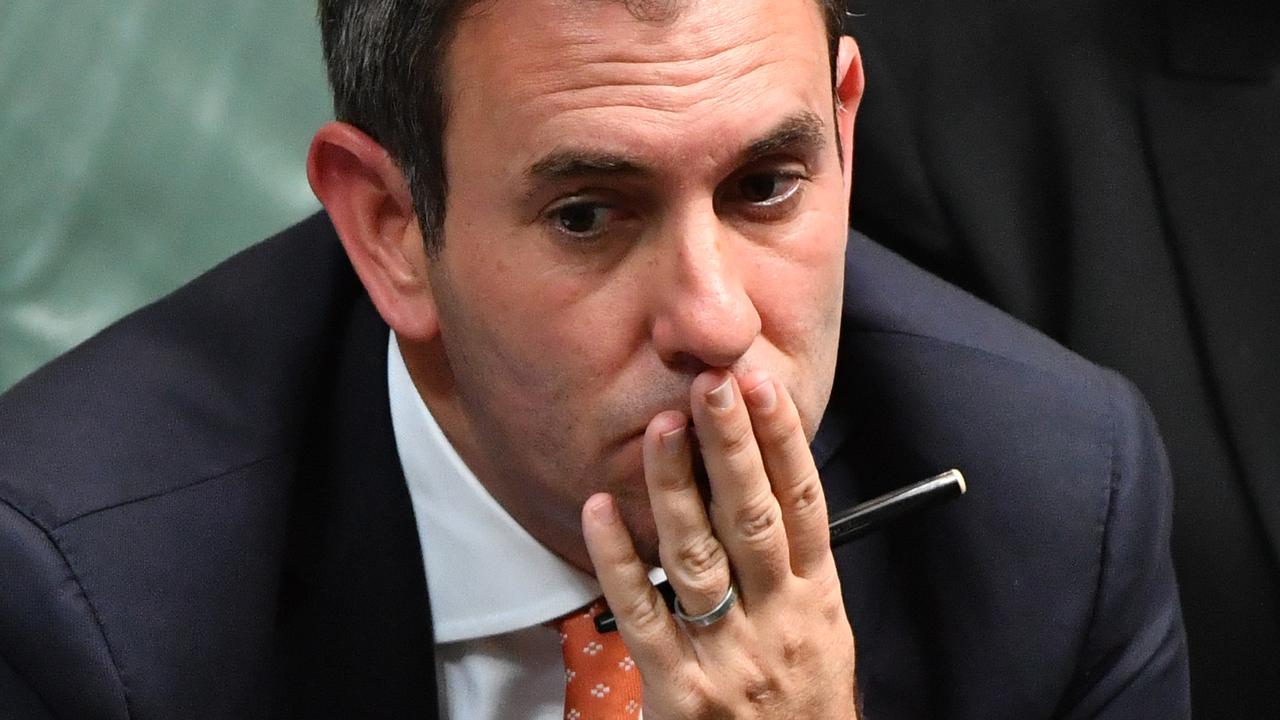
You will get up to $1080 back on your tax return this year under the government’s tax cuts.
Because they weren’t implemented until July 1, whatever stimulatory effect they might have did not show up in the June quarter results.
The risk, from the perspective of the broader economy, is that you will decide to chuck that extra thousand bucks into your savings account or pay down your credit card debt instead of spending it.
That possibility looms even larger when you consider that Australia has one of the world’s highest levels of household debt.
Mr Frydenberg, however, remains optimistic.
“While some people are retiring their debt, others are spending it in the community,” he said.
“It’s the people’s money. They are entitled to spend it as they see fit, on their own priorities. Some will pay down their mortgage. Others will spend it with the local tradie, or take a local holiday, or go to the local shopping strip. That’s a choice for the public — and the Reserve Bank has said it will boost disposable income.”
The Treasurer also expects the Reserve Bank’s two recent rate cuts to help stimulate the economy.
“The 50 basis point rate cut from the RBA is helping to stabilise the housing market, and that has an impact,” he said.
Again, there is reason to temper our expectations.
The official cash rate is already at a record low, and there is a broad expectation it will be cut again before the end of the year. At 1 per cent, it can’t go much further down — meaning that lever could soon become far less useful.
“Lower interest rates are a global phenomenon. Central bank governors are dealing with the relatively unique situation where they’re seeing low unemployment, low inflation and low interest rates, and trying to manage all three,” Mr Frydenberg said.
“Monetary policy is the remit of the independent Reserve Bank. I’m focused on fiscal policy. What I would say is that the 50 basis point rate cut has made a difference in the housing market, and our tax cuts and our infrastructure spending are making a difference on the fiscal side.”
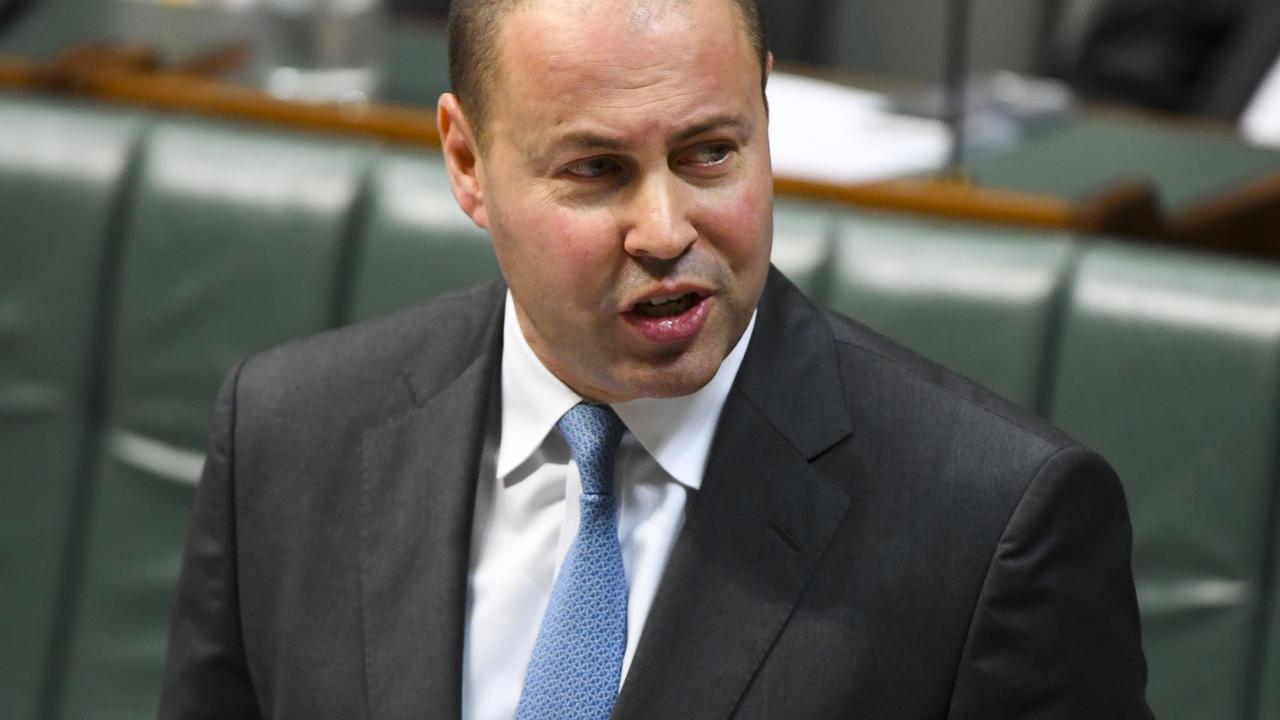
When RBA Governor Philip Lowe addressed parliament’s economics committee last month, he flagged two potential routes the government could take to add more economic stimulus.
RELATED: RBA boss’s thinly veiled message to PM
The first was even greater infrastructure spending.
“One option is for fiscal support, including through spending on infrastructure,” Dr Lowe said.
“Spending on infrastructure not only adds to demand in the economy but, done properly, it can boost the economy’s productivity. It can also directly improve the quality of people’s lives through reducing congestion and improving services.
“At the moment, there are some capacity constraints in parts of the infrastructure sector, but these should not prevent us from looking for further opportunities to boost the economy’s productive capacity and support domestic demand.”
His second option was to implement structural policy changes to support businesses expanding, innovating and employing more people.
“It’s very much linked to the issue of productivity. What do we do to lift productivity growth in this country?” Dr Lowe said.
Slowing productivity growth is one of the greatest challenges facing economies around the world. Australia is no different.
News.com.au asked Mr Frydenberg what the government was planning on that front. He pointed to a speech he recently delivered to the Business Council of Australia.
“I’m trying to encourage business to invest more, and a number of business leaders backed what I had to say,” he said.
“Productivity is made up of two factors — capital deepening, which is investment in things like equipment and tools, and what is called multifactor productivity, which is how labour and capital interact.
“What we’ve found with multifactor productivity is that some of the gains have been concentrated in a small number of companies. So that’s something the business community needs to focus on.
“As for government, where we can help is through cutting red tape. We’ve got an agenda there, to do that. Infrastructure spending, which is getting people to work earlier and getting them home sooner, and also getting goods from paddock to plate faster.
“Health and education are other areas where we can reduce some of the regulatory burdens and get more efficiencies.
“Competition is a big area. The Consumer Data Right which passed parliament is empowering consumers to have their data — for example, in financial services — secured and transferred to another provider to get a lower price. We’re going to extend that to energy and telecommunications.”
None of those things are huge, headline-grabbing initiatives, but Mr Frydenberg believes they will quietly work to make Australia more productive and safeguard growth in the long term.
Will the economy need a more dramatic intervention before then? That remains to be seen. For now, he is staying the course.



